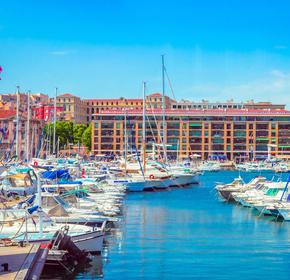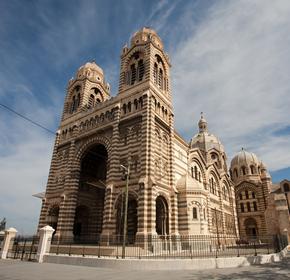
Marseille travel guide
Marseille Tourism | Marseille Guide
You're Going to Love Marseille
France's oldest and second-largest city as well as the biggest port on the Mediterranean, Marseille has much to offer. It's the capital of the Provence-Alpes-Cote d'Azur region and whether you're a history fan, a beach lover or a shopaholic, there are lots of great reasons to visit.
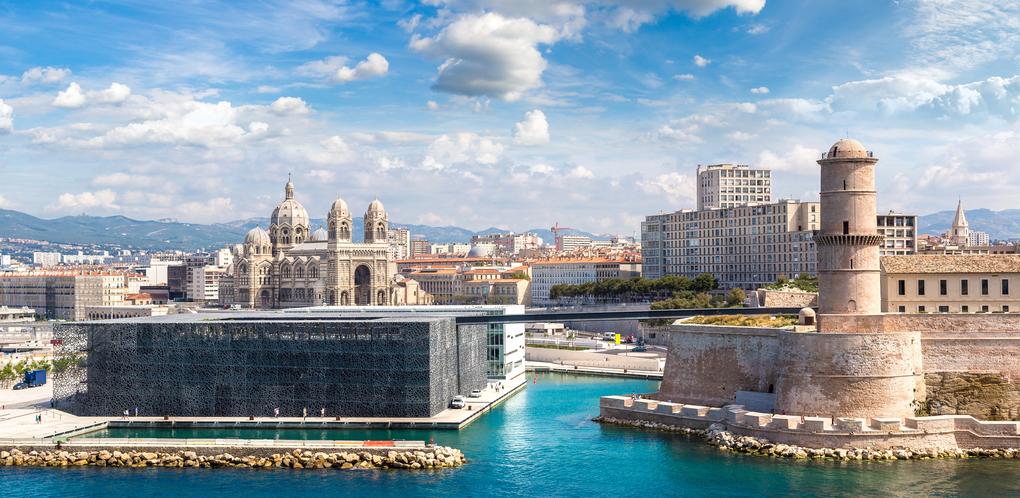
Top 5 Reasons to Visit Marseille
1. It's a Cultural Melting Pot
Marseille is a large sprawling city that is home to people from all over the world. Discover architecture and cuisine that hints at Spanish, Italian and North African influences.
2. Its Historic Attractions
Visit the Vielle Charité; designed by Pierre Puget and built between 1671 and 1749, the former almshouse is now an important museum and cultural center. Or, discover landmarks like Palais Longchamp and Notre Dame de la Garde as you drive through the city.
3. The Coast
Spend the day at one of the city's beaches such as Catalans, Pointe-Rouge, Prophètes or Corbières, or take a walk along the Corniche for views of the Calanques, a series of magnificent sea fjords.
4. Chateau d'If
Take a boat trip from Vieux Port to Chateau d'If. Originally built as a defensive structure, the Historic National Monument and former prison is famously the setting for 'The Count of Monte Cristo' by Alexandre Dumas.
5. It's the Gateway to Provence and the Cote d'Azur
Make Marseille your base and explore the glorious Provencal countryside. Visit Aix-en-Provence or discover fabulous Cote d'Azur beaches like the one at Cassis.
What to do in Marseille
1. Basilique Notre-Dame de la Garde: For Those Who Believe in Preserving Beauty
At the top of a hill and south of the Old Port, keeping watch from the city's highest point is Marseille's most well-known icon, the Basilique Notre-Dame de la Garde or "The Basilica of Our Lady of the Guard". Consistently restored over years of tumult, revolution, conflict and change, this incredible church was the crowning jewel of the Romano-Byzantine architecture. Besides its stunning exterior and hushed, intricate interiors, those who make the steep climb (or take the tourist train to the mountain top) will be rewarded with memorable views of the surrounding mountains and the vast Mediterranean Sea.
2. Vieux-Port: Something Old, Something New
Even in 600 B.C. the "Old Port" was the center of commerce and city life. Today, this mostly pedestrian area is alive and well, with picturesque little ferry houseboats puttering about the marina, fish and farmers' markets setting up on the quay and the impressive Sainte Marie lighthouse on the esplanade de la Joliette. Grab a camera and bring your appetite because there are plenty of photo opps for when you're sampling incredible dishes in the bars and restaurants that line the port.
3. Museum of European and Mediterranean Civilisations: Muses of the Past at MuCEM
The Museum of European and Mediterranean Civilizations charts the historical and cross-cultural exchange between peoples of the Mediterranean geographical region. Since Marseille was marked as one of Europe's "Capitals of Culture", the MuCEM has spent considerable time and money enhancing the architecture, adding new buildings, exhibits and facades that literally glitter in the night sky. Inside, visitors can track the mélange of beauty, art, stories and physical artifacts that span the earth from Beirut to the Gibraltar. Not only does MuCEM promise an "exchange of perspectives", it's also unafraid to experiment with various media, from digital installations, videos, 8mm film and audio that accompanies the more traditional paintings, letters and artifacts.
4. Cathédrale la Major: A Major Marvel
Yet another Roman Catholic marvel is the Marseille Church, a designated national monument that features beautiful murals, mosaics and tiled artwork offered in memory of major religious and historical figures. The atmosphere is one of sacred beauty and it's recommended that visitors spend time walking around the cathedral to really be able to soak in its significance and imposing architectural beauty. The best part? The chance to contemplate the sojourns of the day by the water next to where the church is located.
5. Parc Longchamp: How the French Do Parks
The majestic gardens surrounding the Palais Longchamp, that are made up of the chateau d'eau, Musée des Beaux-Arts and Museum d'Histoire Naturelle, have been luring visitors and locals alike since 1869. The gardens themselves house picturesque fountains, sculptures, pavilions and beautiful rock-work carved into the buildings. The central garden behind the palace is the Jardin du plateau, which keeps its secrets alive through winding alleyways and old, knotty trees that are between 100 and 120 years old.
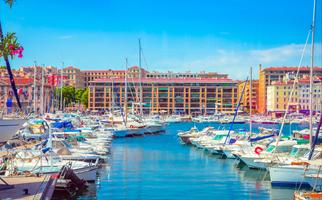
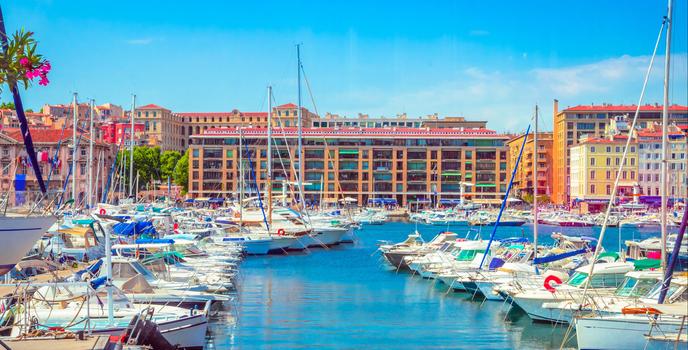
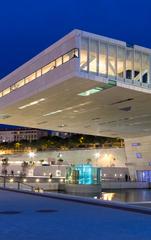
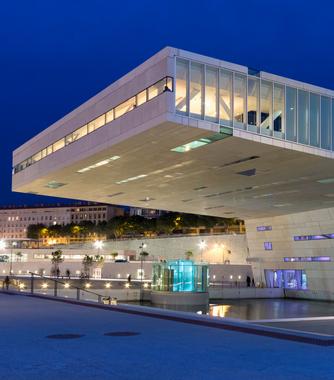
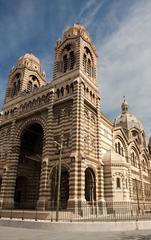
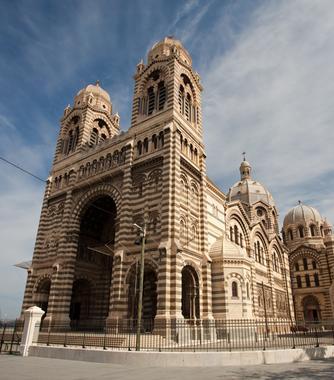
1. Basilique Notre-Dame de la Garde: For Those Who Believe in Preserving Beauty
At the top of a hill and south of the Old Port, keeping watch from the city's highest point is Marseille's most well-known icon, the Basilique Notre-Dame de la Garde or "The Basilica of Our Lady of the Guard". Consistently restored over years of tumult, revolution, conflict and change, this incredible church was the crowning jewel of the Romano-Byzantine architecture. Besides its stunning exterior and hushed, intricate interiors, those who make the steep climb (or take the tourist train to the mountain top) will be rewarded with memorable views of the surrounding mountains and the vast Mediterranean Sea.
2. Vieux-Port: Something Old, Something New
Even in 600 B.C. the "Old Port" was the center of commerce and city life. Today, this mostly pedestrian area is alive and well, with picturesque little ferry houseboats puttering about the marina, fish and farmers' markets setting up on the quay and the impressive Sainte Marie lighthouse on the esplanade de la Joliette. Grab a camera and bring your appetite because there are plenty of photo opps for when you're sampling incredible dishes in the bars and restaurants that line the port.
3. Museum of European and Mediterranean Civilisations: Muses of the Past at MuCEM
The Museum of European and Mediterranean Civilizations charts the historical and cross-cultural exchange between peoples of the Mediterranean geographical region. Since Marseille was marked as one of Europe's "Capitals of Culture", the MuCEM has spent considerable time and money enhancing the architecture, adding new buildings, exhibits and facades that literally glitter in the night sky. Inside, visitors can track the mélange of beauty, art, stories and physical artifacts that span the earth from Beirut to the Gibraltar. Not only does MuCEM promise an "exchange of perspectives", it's also unafraid to experiment with various media, from digital installations, videos, 8mm film and audio that accompanies the more traditional paintings, letters and artifacts.
4. Cathédrale la Major: A Major Marvel
Yet another Roman Catholic marvel is the Marseille Church, a designated national monument that features beautiful murals, mosaics and tiled artwork offered in memory of major religious and historical figures. The atmosphere is one of sacred beauty and it's recommended that visitors spend time walking around the cathedral to really be able to soak in its significance and imposing architectural beauty. The best part? The chance to contemplate the sojourns of the day by the water next to where the church is located.
5. Parc Longchamp: How the French Do Parks
The majestic gardens surrounding the Palais Longchamp, that are made up of the chateau d'eau, Musée des Beaux-Arts and Museum d'Histoire Naturelle, have been luring visitors and locals alike since 1869. The gardens themselves house picturesque fountains, sculptures, pavilions and beautiful rock-work carved into the buildings. The central garden behind the palace is the Jardin du plateau, which keeps its secrets alive through winding alleyways and old, knotty trees that are between 100 and 120 years old.






Where to Eat in Marseille
Be sure to sample the city's signature dish "bouillabaisse". An authentic version is served at the Michelin-starred L'Epuisette restaurant. For more everyday fare, try a spicy kebab from one of the many vendors on the Canebière. A simple meal costs 9EUR, while dinner for two with wine is 55-60EUR in a mid-range restaurant.
When to visit Marseille
The most popular time to visit is from June to September, when the glorious Mediterranean weather is at its best. Visit later in the year for events like the Marsatac electronic dance music festival at the end of September or la Foire aux Santons, the traditional Christmas market, between the Canebière and Vieux Port from the end of November.
How to Get to Marseille
Plane
You can fly to Marseille-Provence International Airport, which is 18.6 miles from the city center. From the airport, take the shuttle bus for 8.30EUR or catch the free bus service to Vitrolles Aéroport Marseille Provence Station and board a train to the city for 5EUR.
Train
Catch TGV trains from European cities like Nice, Frankfurt, Paris or Geneva to Marseille St. Charles station. The station is close to the Old Port and the Canebière is well served by local bus and train services.
Car
Since the city is connected to several major roads, it's easy to drive to Marseille from most parts of France. The 482-mile journey from Paris takes just under 7.5 hours via the A6 and A7.
Bus
Bus is an affordable option for many travelers. Eurolines FR, Flixbus and Ouibus run regular services from cities like Paris, Geneva, Frankfurt and Strasbourg. The typical fare from Paris is 32EUR.
Airlines serving Marseille
Where to stay in Marseille
Book a stay at one of the city's luxurious 5-star hotels such as InterContinental Marseille, Hotel Dieu or C2 Hôtel for special anniversaries or occasions. Good mid-range hotels include Le Rhul, Hotel ibis Marseille Centre Vieux Port and New Hôtel Saint Charles.
Popular Neighborhoods in Marseille
Le Cours Julien/ la Plaine - the trendy part of the city and where you'll find some of its best bars and nightclubs. Be sure to visit the Plaine market on Thursday or Saturday mornings.
Le Panier - the oldest neighborhood in Marseille. Notable sights include the Vielle Charité.
Noailles - one of the city's most vibrant and exciting districts. Visit Noailles market for a taste of North African-style street life or spend the afternoon browsing the many Indo-Chinese and Arabic stores.
Where to stay in popular areas of Marseille
Most booked hotels in Marseille
How to Get Around Marseille
Public Transportation
The city's public transport system is managed by Régie des Transports de Marseille (RTM) and visitors have a choice of two subway lines, 2 tram lines and over 70 bus routes. A daily travel pass costs 5EUR and can be used on buses, trams and the metro.
Taxi
Taxis are readily available at the Old Port, the railway station and major tourist attractions. A 5-mile journey in the city costs from 10-12EUR, while a taxi to the airport costs 50EUR.
Car
Rent a car from providers such as Europcar, Hertz or Sixt at the airport and enjoy the freedom to explore the Marseille region at your own pace. A compact car can be rented from as little as 17EUR per day.
The Cost of Living in Marseille
Shopping Streets
Find local produce and arts and crafts at the artisan market on the pedestrianized part of the Vieux Port every day during July and August. Shop on Rue de Rome, Rue Paradise and Rue St Ferréol for designer clothing, or visit the extensive Terrasses du Port shopping center next to the MuCEM (Museum of European and Mediterranean Civilisations) for your favorite high-street brands.
Groceries and Other
Popular supermarket chains include Monoprix and Carrefour. You'll pay 0.91EUR for a liter of whole milk and 9EUR for 16 ounces of local cheese.
